Lessons from the new world of quicksilver work, where "career planning" is an oxymoron.
@font-face {
font-family: 'FCKaiserCondWebRegular';
src: url('/sites/all/themes/fc_v1/scripts/mod2011/fckaiser-cond-web-regular-webfont.eot');
src: url('/sites/all/themes/fc_v1/scripts/mod2011/fckaiser-cond-web-regular-webfont.eot?#iefix') format('embedded-opentype'),
url('/sites/all/themes/fc_v1/scripts/mod2011/fckaiser-cond-web-regular-webfont.woff') format('woff'),
url('/sites/all/themes/fc_v1/scripts/mod2011/fckaiser-cond-web-regular-webfont.ttf') format('truetype'),
url('/sites/all/themes/fc_v1/scripts/mod2011/fckaiser-cond-web-regular-webfont.svg#FCKaiserCondWebRegular') format('svg');
font-weight: normal;
font-style: normal;
}
.kaiser {font-family: 'FCKaiserCondWebRegular', Helvetica, sans-serif !important;
font-weight: normal;
letter-spacing: 1px;
line-height:1;
font-size:40px;
}
.gradient {background-color: #f2f2f2;padding:5px 0px 5px 0px;}
img {padding-bottom:2px;} .timeline {border-top:1px solid #333;width:610px;text-align:center;} .timeline p {line-height:1.3em;font-family:arial;font-size:12px;margin-top:-8px;display:inline-block;vertical-align:top;width: 100px;text-align:center;} .timeline span {color:#e6007e;font-weight:bold;} .name {font-family: 'FCKaiserCondWebRegular', Helvetica, sans-serif !important;
font-weight: normal;
letter-spacing: 1px;;font-size:24px;padding-bottom:8px;}
.bullet {font-size:30px;color:#000!important;}
Stacy Brown-Philpot, 36
1997 First job: Pricewaterhouse-Coopers
1999 Second job: Goldman Sachs
2000 Enters Stanford MBA program; offers finance skills to software startups to learn the tech biz
2003 Joins Google in sales finance; segues into sales and operations
2009 Volunteers to head Google's online sales and operations in India
![Brown-Philpot at Google headquarters in Mountain View, California. | Photo by Gabriela Hasbun]()
Brown-Philpot at Google headquarters, in Mountain View, California | Photo by Gabriela Hasbun
Adam Hasler looks like a footloose millennial. He's worked as a model, waited tables, and lived all over the world. But at 28, there's more to his résumé than meets the eye.
He earned a dual degree in history and international relations at American University. After graduating, he and two partners--boosted by a $10,000 stake from his parents and an investment from a local restaurateur--took over the coffeehouse where he had worked since age 19: Modern Times, inside the Politics and Prose bookstore, a beloved Washington, D.C., institution. "I was 22 and naive," he says now. "We got our asses handed to us." Still, working 16-hour days for weeks on end, "living on cookies and beer," Hasler and his partners increased the shop's revenue in three years from less than $200,000 to $500,000.
Then Hasler got restless. He started a personal project, writing his own history of the entire Western arts canon, from music to architecture. He began to conceive of software that might allow him to visualize the connections between artworks, but he lacked tech skills. So at 26, he left the coffeehouse, paid off his investors, and plunged into Washington's media-arts scene. He taught himself programming. He wrote case studies for Innovations, a journal of international development founded by Phil Auerswald, a professor at George Mason University who was also a regular at the coffeehouse. Then it was off to Buenos Aires for a year, where he created an apprenticeship at an interactive media-arts lab called Estado Lateral. "My first job for them was literally folding electrical cords," he says. In his spare time, he traveled the country playing polo.
![]()
The particulars of Hasler's young career can appear exotic and, yes, flighty. But his essential experience--tacking swiftly from job to job and field to field, learning new skills all the while--resembles the pattern that increasingly defines our careers. According to recent statistics, the median number of years a U.S. worker has been in his or her current job is just 4.4, down sharply since the 1970s. This decline in average job tenure is bigger than any economic cycle, bigger than any particular industry, bigger than differences in education levels, and bigger than differences in gender. (Since women are more likely to interrupt their careers for child rearing and caregiving, their average time in a job is even shorter than a man's.) Statistically, the shortening of the job cycle has been driven by two factors. The first is a marked decline in the "long job"--that is, the traditional 20-year capstone to a career. Simultaneously, there's been an increase in "churning"-- workers well into their thirties who have been at their current job for less than a year. "For some reason I don't understand, employers seem to value having long-term employees less than they used to," says Henry Farber, an economist at Princeton. Farber has been documenting the decline in job tenure in papers with titles such as "Is the Company Man an Anachronism?" (Answer: yes.)
Shorter job tenure is associated with a new era of insecurity, volatility, and risk. It's part of the same employment picture as the increase in part-time, freelance, and contract work; mass layoffs and buyouts; and "creative destruction" within industries. All these changes put more pressure on the individual--to provide our own health care, bridge gaps in income with savings, manage our own retirement planning, and invest in our own education to keep skills marketable and up to date. Financial commitments like homeownership or starting a family are a much tougher proposition when one, you can't expect to stay in a place for long and two, you can't expect to ever earn more in real terms than you do at age 40, as recent surveys at Payscale.com suggest.
Adam Hasler, 28
2006 Takes over Modern Times, a D.C. coffeehouse; lives on "cookies and beer"
2009 Leaves the business; learns programming and electronics and writes case studies for international-development journal
2010 Interns at interactive media-arts lab in Buenos Aires
2011 Applies to MIT Media Lab's Center for Civic Media, in Cambridge; waits tables
![Hasler, in Cambridge, Massachusetts. He is closing in]()
Hasler, in Cambridge, Massachusetts. He is closing in "concentrically" on a career mission. | Photo by Guido Vitti
And yet, many members of the American workforce, Hasler included, aren't pining for a return to the era of the long job. Today, Hasler is waiting tables at a high-end restaurant in Cambridge, Massachusetts, where his longtime girlfriend is finishing a PhD in psychology. He has applied to the MIT Media Lab's Center for Civic Media. He imagines combining his experience in international development, electronics, and programming to put the tools of big data in the hands of citizens. One example: a $50 sensor that would provide environmental activists in Argentina who do not have access to government statistics with independent, unbiased data on the pollution of the Uruguay River. He admits his résumé--or résumés, since there are two versions on his website--looks "unfocused," covering food service, art, technology, design, and development. But as he sees it, he's been closing in "concentrically" on a single mission and theme. That is, to seek out "what's most useful and innovative" as he navigates a career full of variation, quick turns, and deeper meaning. Marina Gorbis at the Institute for the Future would say that Hasler is practicing a smart strategy for the new world of work. The institute, a Silicon Valley-based think tank, has been researching future work skills for a decade. Gorbis says, "It's much harder than it used to be to predict what jobs are going to be around in 10 years." Projections from the U.S. Bureau of Labor Statistics can offer a false confidence. "They can say that health care is a growing sector, but exactly what the jobs are going to be, you don't know." In looking ahead to 2020, Gorbis's institute identified big drivers of change such as extended longevity, robotics, and the rise of global connectivity. Then it extrapolated a list of core skills that will be needed in tomorrow's workplace regardless of industry or position.
Hasler has several of these skills in spades. His interests are transdisciplinary--he's what might be called a "T-shaped person," with both depth in one subject and breadth in others. He demonstrates cross-cultural competency (speaking fluent Spanish, living abroad) and computational thinking (learning programming and applying data to real-world problems). The intellectual voracity that drove him to write 50,000 words on Western cultural history while running a coffee shop is a sign of sense making (drawing deeper meaning from facts) and excellent cognitive load management (continuous learning and managing attention challenges). Above all, Hasler's desire to synthesize his knowledge and apply it to helping people, and his ability to collaborate with those who have different skills, shows a high degree of social intelligence. In the future, says Gorbis, "everything that can be routinized, codified, and dissected will eventually be done by machines. Social and emotional intelligence is what humans are uniquely good at--at least for the next decade or two."
![]()
In other words, being more fully human is what individuals will need to stay one step ahead of computers--and one step ahead of the crowd.
Even as individuals like Hasler are adapting to new career paradigms, so are large companies--but on a scale of tens of thousands of employees. They have to hire people for jobs that don't exist yet, spot the dynamic shifters while screening out the dilettantes, and clear paths for high performers so they can find enough variation within the corporate confines.
At Google, Stacy Brown-Philpot's current title is senior director of owned and operated properties, which involves improving the user experience for various Google products. But given her history, that will likely change by the end of the year. "My philosophy on career management is all around making changes," she says. "I'm a continual learner, and I've ended up changing jobs every two or three years."
After earning an undergraduate degree in economics at Wharton, Brown-Philpot, 36, landed a position at PricewaterhouseCoopers (now known as PwC). Two years was enough for her to realize that even a senior partner position at a big-five accounting firm wouldn't be "interesting." In 1999, she left for Goldman Sachs, where she worked on some technology deals just around the height of the dotcom bubble. "I got really interested in Silicon Valley and these young people starting awesome companies," she recalls. So she headed out to Stanford for her MBA and made an effort to position herself as someone whose business and accounting skills would be useful to the tech industry. "I spent my two years in business school," she says, "working with startups for free to build my network." Her tactic--repackaging her existing skills, even as she built new ones--is essential for successful four-year-career shifters. It's also easier than it may seem. "So many skill sets are transferable," says Nicole Williams, LinkedIn's connection director. Williams notes that LinkedIn now has a "Skills" feature, so job seekers can search which skills are trending on others' profiles and thus get a better sense of what employers may be looking for.
Brown-Philpot landed in a sales finance position at Google in 2003. Luckily, she says, her new employer (where my husband, full disclosure, also works) has grown so fast since then that she's been allowed to keep making changes without having to leave. After a couple of years of getting acclimated to the search business, she moved on to direct sales and operations for more than 40 consumer products; then she did a stint as director of online sales in India (for that all-important cross-cultural competency). This set her up for her current position. Yet even as Brown-Philpot rises through the management ranks, her spreadsheet and data background (computational thinking, again) is a badge of respect at an engineering-driven company. "I do tell younger people to build harder skills in the early part of their career," she says. "Now that I manage hundreds of people, I have much more credibility having done the [technical] work myself."
Many members of the American workforce aren't pining for the return of the long job.
Looking at Brown-Philpot's career from her employer's perspective can be illuminating too. How do human-resource directors discriminate between the aimless or the difficult to work with and job hoppers on a mission? "We're going to look very differently at a résumé where somebody hops from company to company but in a similar job," says Judy Gilbert, a director of "people operations" at Google's YouTube. "That's not such a great story versus someone who's getting promoted or building their scope. We want evidence of somebody who is growing." Intentions matter, in other words, especially when someone seems to be taking a step back or deep into left field. As Gilbert puts it, "I want to hear the plan they had in mind: I liked what I was doing, but I didn't have the depth in design that I needed, so I consciously took this next job with a small design firm."
For the job seeker, then, telling an appealing story about your career's twists and turns is now an essential aspect of self-marketing. But it's also true that recruiters and managers at large companies are seeking out employees who like to move around. These are the very people who can lead companies toward new markets and ideas. "We're seeing more and more jobs that simply didn't exist five years ago but were created as a result of employees driving toward new goals and objectives," says Chris Hoyt, a recruiting strategist at PepsiCo. Even at a corporate monolith like IBM, "career vitality" is a watchword. There, managers regularly encourage employees to broaden their capabilities, says Jim Spohrer, the director of services research at IBM's Almaden Services Center. "We have a thousand job openings all over the world at a given time," he adds. "We don't want you to go down a corridor where you have limited opportunities down the road."
It's one thing for dynamos like Hasler or Brown-Philpot to chart their next career move in a growing industry. It's quite different to execute a turnaround when you're not so young anymore and your chosen field is shrinking like a glacier in August. "Anybody over 40 was prepared to have a lifelong job, and they've been crushed," says Penelope Trunk, author of The Brazen Careerist and founder of the career network by the same name. "The layoffs have been so bad, and they've had to adapt faster than anyone in history and learn how to use the Internet on the job. It's almost unfair." Laurel Touby, who founded Mediabistro as a media-industry networking and education company in 1996, just at the cusp of the digital revolution, has witnessed the panic firsthand. "A lot of people are too rigid and they're never going to survive," says Touby. "Think about magazine editors. They are good at one thing and they love what they do. But some of the older ones are not adapting and they're just falling out."
Carolyn Gatto, now 60, is a print refugee who did adapt successfully. "I've known since the fourth grade that I wanted to go into publishing," she says. "It was a very straight line for me." She joined Woman's Day Special Interest Publications in 1976, and left in 2001 as vice president and editor-in-chief. At its height, her team published 42 unique editions a year, supplements to Woman's Day's regular monthly edition. But she realized her only next move was her boss's job--and her boss wasn't leaving. "Some members of my staff don't believe that I left voluntarily, but I was ready for another type of challenge," Gatto says.
At first she tried consulting on editorial projects but was surprised that her résumé opened few doors. She attributed the brush-off in large part to her age. Trunk, the career consultant, agrees. The lack of respect for experience is a reality that older job seekers have to swallow, she says: "It's such a fundamental shock to have to compete head to head with 25-year-olds." A good strategy, Trunk adds, is for job seekers to cut anything older than 10 years from their résumés, including the date of their college graduations.
Cheryl Edmonds, 61
1976 Receives avionics training for as an Air Force reservist
1977 Works as a field engineer for IBM and HP fixing customer equipment; one of few women in her field
1988 Leaves to start a retail art business; learns new techniques and teaches art
1995 Rejoins HP, this time in worldwide marketing, including a stint in Europe
2005 HP CEO Carly Fiorina dismissed; Edmonds offered early retirement
2009 Teaches English in China
2011 Accepts a Civic Ventures Encore Fellowship at Metropolitan Family Services, in Portland, with a $20,000 stipend; looking for a new career in not-for-profits
![Edmonds, in Portland, Oregon. She hopes her current job at a not-for-profit leads to yet another career. | Photo by Patrick Kehoe]()
Edmonds, in Portland, Oregon. She hopes her current job at a not-for-profit leads to yet another career.| Photo by Patrick Kehoe
Gatto had a friend, Suzanne Rowan Kelleher, who had edited a travel magazine at her old company. "We stayed in touch--exchanging political jokes over email, that kind of thing," she recalls. The two got to talking about the dearth of good travel info for families online.
In 2006, Gatto and Kelleher, now her business partner, launched WeJustGotBack.com, a trip-planning resource. It averages about 100,000 visitors a month, supporting the two of them and a team of freelancers. "I've got ideas for other businesses too," she says.
Gatto's experience holds several lessons. Her serendipitous partnership with Kelleher epitomizes socially intelligent connection in the age of the four-year career. Even those who run professional networks, like Trunk and Touby, recoil at the term networking. "I hate networking," says Touby. "The people who network are desperate, needy. It's the last straw." What should you do instead? Maintain a wide range of relationships with people you actually like. Time was, says Touby, having the boss over for dinner was a networking coup. Today, it may be more helpful to get the receptionist's Twitter handle. "An hour a day spent on your social network is a huge investment in yourself," she says. "It helps if you're in a career where you really like the people."
Another lesson: "I want people my age to understand that there is life after corporate America," Gatto says. "You can do it, but you just have to be realistic with your expectations." Before she left her magazine job, Gatto paid off her house and cars. She jumped through hoops to qualify her small business for a health-insurance plan. She reduced her spending. All of it proved necessary for her career switch. "You may think you're in a safe industry, but there's no way to totally insulate yourself," remarks author Laura Vanderkam, whose next book, All the Money in the World, is a guide to the financial savvy required in a new age of career volatility. Even if you're working in a corner suite, Vanderkam suggests thinking--and saving--like a freelancer. At the same time, she says it doesn't hurt to lay the groundwork for several sources of income. "You need a backup plan," she explains, "so if you're not doing the same thing five years from now, you're not devastated."
As it turns out, not every older worker is frightened by the four-year career. Some people have been living this way for decades, letting their curiosity--or their faster metabolism--guide them. What stands out is their sense of confidence that things can (and will) turn out okay. "What's happening to our society with faster career change is unsettling for some, and for others it's business as usual," says Cheryl Edmonds, 61. "My career has not been a straight line by any stretch."
Edmonds trained in avionics as an Air Force reservist and started in 1977 as a field engineer, first for IBM and later HP. "I would go to large industry conferences and be the only woman in the room with many, many, many men," she says with an easy laugh. Much as she loved the challenges and the salary, she detoured to explore a passion for art. She ran an art-supply store for six years and taught art to children and teachers. By the mid-'90s, Edmonds's daughter was a teenager and her parents had moved in with her.
At that point, she wanted to work with adults again; she also wanted more financial stability. So, in 1995, she returned to HP, using her consumer retail experience to land a job in worldwide marketing. That led to a stint in Europe promoting printing for mobile phones. In 2005, just shy of 55, Edmonds was offered early retirement. "My first reaction was, Oh dang, I'm not ready." Then she came across the "bucket list" she had kept over the years. So Edmonds started an online vintage-greeting-card business, took a position on the board of a biodiesel cooperative, and became the executive director of a startup not-for-profit for the blind. Nothing quite caught fire, but that didn't faze her. "I have a mantra that I've used for years, which is, Let's just try it and see what happens." She received a certification to teach English as a second language and spent 2009 at a Chinese university; the following summer she landed a contract position in China training Peace Corps volunteers. "That was another fabulous, over-the-top experience," she reflects, "but it also had a beginning and an end."
So what next? When she got back to the States, Edmonds spotted an email in her inbox from an organization called Civic Ventures, a think tank dedicated to helping people find "purpose, passion, and a paycheck" in the second half of life. Civic Ventures was founded by Marc Freedman, author of the 2011 book The Big Shift. In Freedman's view, our culture needs to acknowledge a new life stage. He sees the nation's millions of healthy, active 60- to 80-year-olds as a huge untapped resource. Civic Ventures offers Encore Fellowships, an internship program for boomers who want to contribute to their communities; last November, Intel announced it would offer the fellowships to all new retirees. Edmonds is currently working for Metropolitan Family Services in Portland, Oregon, earning a $20,000 stipend, interviewing and hiring volunteers. The position gives her entrée to other not-for-profits and, ideally, to her next opportunity.
In many respects, Edmonds's career is a model for others her age. Yet she shares inspiration with her 27-year-old daughter, a costume designer. "She recently told me that she expects that she may have to change careers several times in her life," Edmonds says. "She doesn't have fear about it." Adam Hasler, too, has little fear as he contemplates his future. On his wrist he wears a gold watch that belonged to his great-great uncle. The back is engraved with the words holland furniture factory. "He worked for the same company for 60 years," Hasler says. "Can you imagine? My grandpa, too--he worked for GM almost his whole life." Even if such a position were offered to him, Hasler wouldn't necessarily be grabbing it. "I'm not saying I'm averse to 9-to-5," he says. "But I'm not going to compromise."
[Infographics by Nathan Bilancio]
Related:
5 Resources For The 4 Year Career
A version of this article appears in the February 2012 issue of Fast Company.
![]()
![]()
![]()





 Photo by Brooke Nipar
Photo by Brooke Nipar


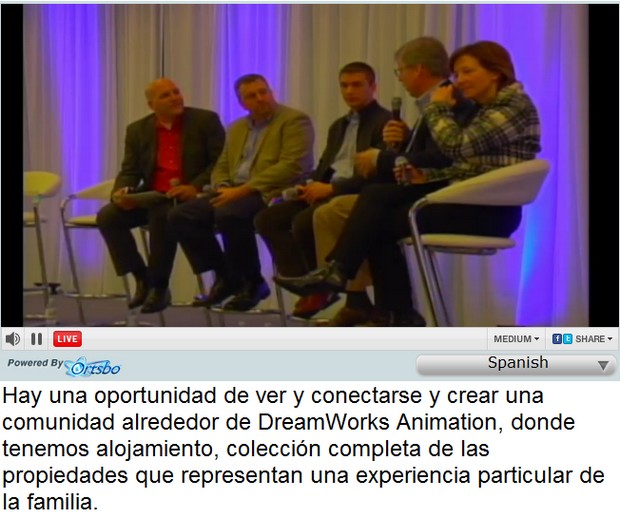

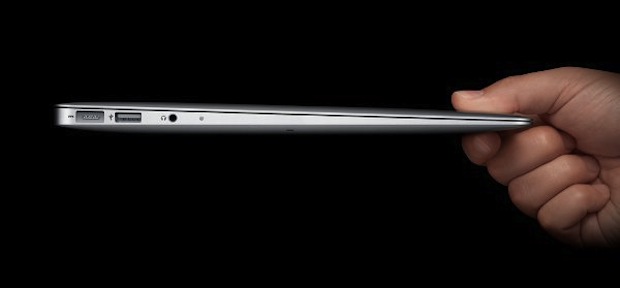




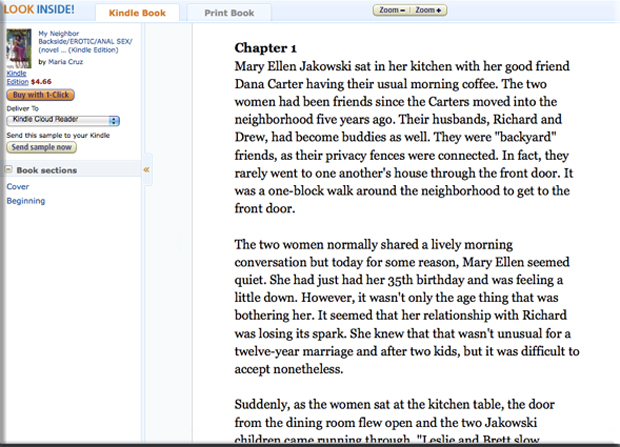
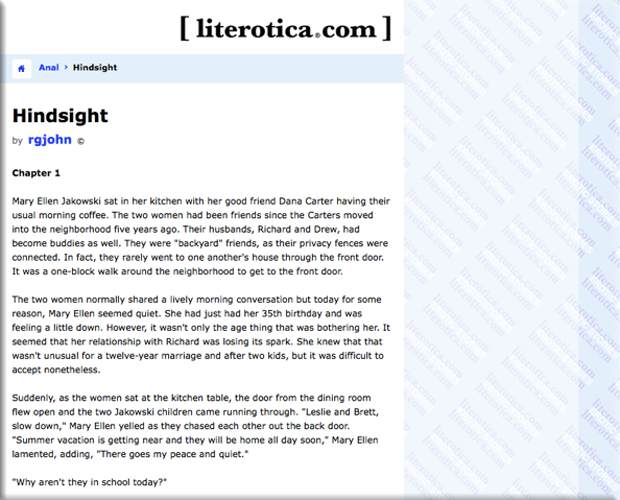
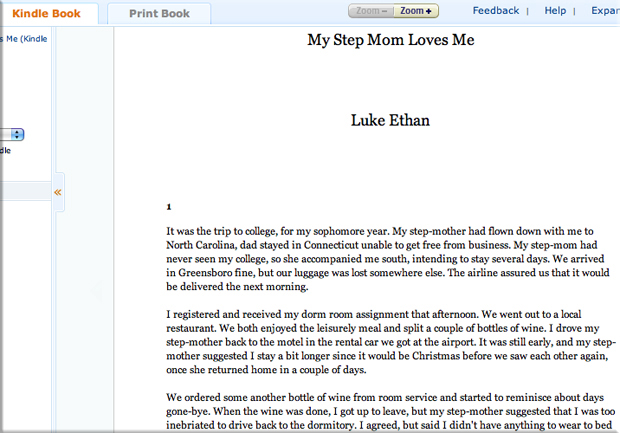
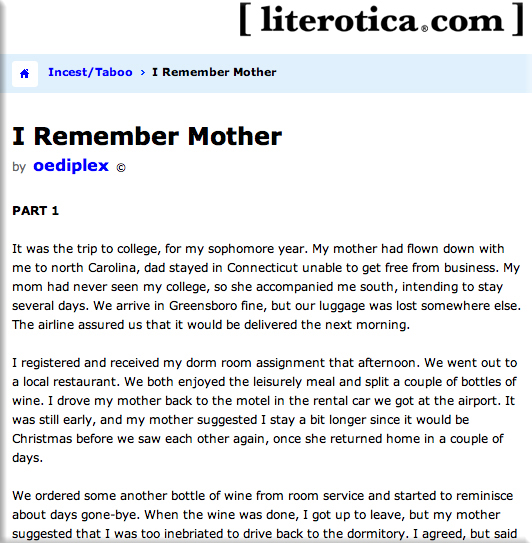

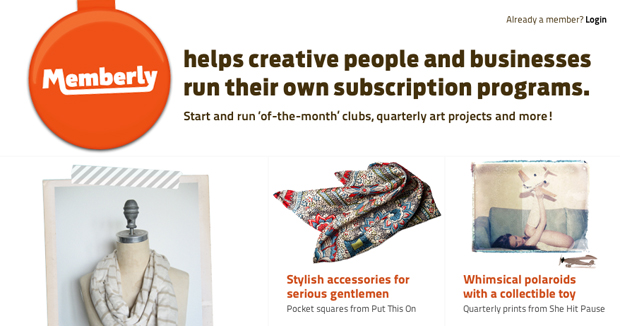




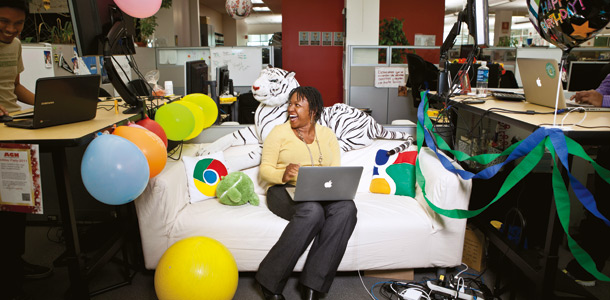 Brown-Philpot at Google headquarters, in Mountain View, California | Photo by Gabriela Hasbun
Brown-Philpot at Google headquarters, in Mountain View, California | Photo by Gabriela Hasbun

 Hasler, in Cambridge, Massachusetts. He is closing in "concentrically" on a career mission. | Photo by Guido Vitti
Hasler, in Cambridge, Massachusetts. He is closing in "concentrically" on a career mission. | Photo by Guido Vitti

 Edmonds, in Portland, Oregon. She hopes her current job at a not-for-profit leads to yet another career.| Photo by Patrick Kehoe
Edmonds, in Portland, Oregon. She hopes her current job at a not-for-profit leads to yet another career.| Photo by Patrick Kehoe

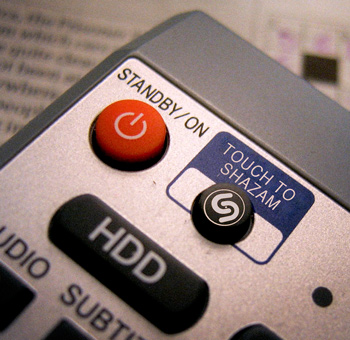 Shazam, the app that scans and identifies audio clips, has dominated the music landscape, enabling users to hold up their smartphones to speakers and let Shazam name that tune. But the startup's
Shazam, the app that scans and identifies audio clips, has dominated the music landscape, enabling users to hold up their smartphones to speakers and let Shazam name that tune. But the startup's 
 Earlier this week, Google launched Search+, and immediately the
Earlier this week, Google launched Search+, and immediately the  The business press loves to create mythic heroes of industry
and we love it, too. To a point.
The business press loves to create mythic heroes of industry
and we love it, too. To a point.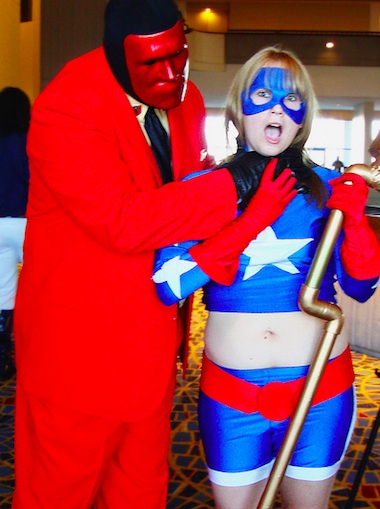 This week
This week 